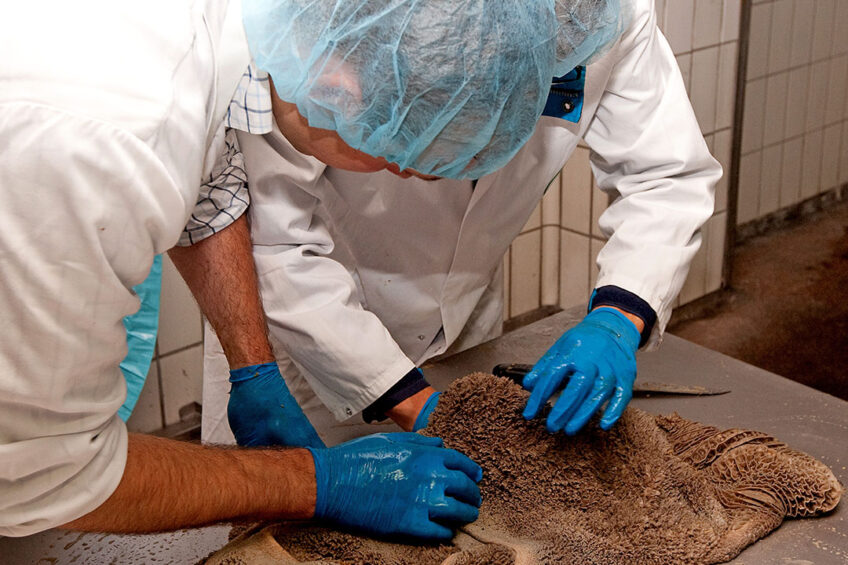Exploring the rumen

When we talk about gut health for monogastric animals, we often refer to the small intestine, where nutrients are taken up by the animal and where most of the digestion takes place.

For ruminants however, we have 4 sites of the digestion system:
- the rumen,
- reticulum,
- omasum
- abomasum
Scientists have typically focused their attention on understanding the rumen as this is known to be the most influential site of digestion, as microbial fermentation of the feed in the rumen provides much of the energy needed for the cow. Rumen health and microbial fermentation is stimulated by roughage in the diet. New born calves, that only receive milk, are therefore often called pre-ruminants (or even monogastrics), as the full digestive system is not yet developed and the rumen is much smaller. When calves move to solid feed and roughage (between four and eight weeks of age), the rumen starts to develop and becomes mature. In this picture, scientists from Alpura breeding, a Dutch company in calf rearing, study a rumen from a trial-calf that moved from milk to solid feed to see how this has affected the development of the rumen wall. In addition to rumen studies, more general research is being carried out across the other parts of the digestive tract of cows and how this influences cow health and performance.










